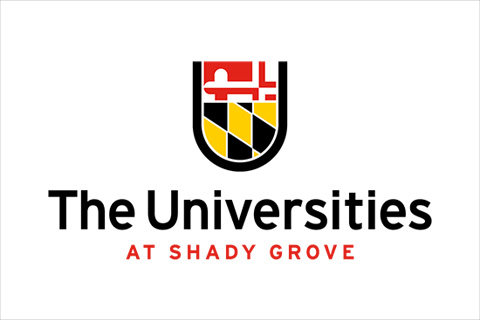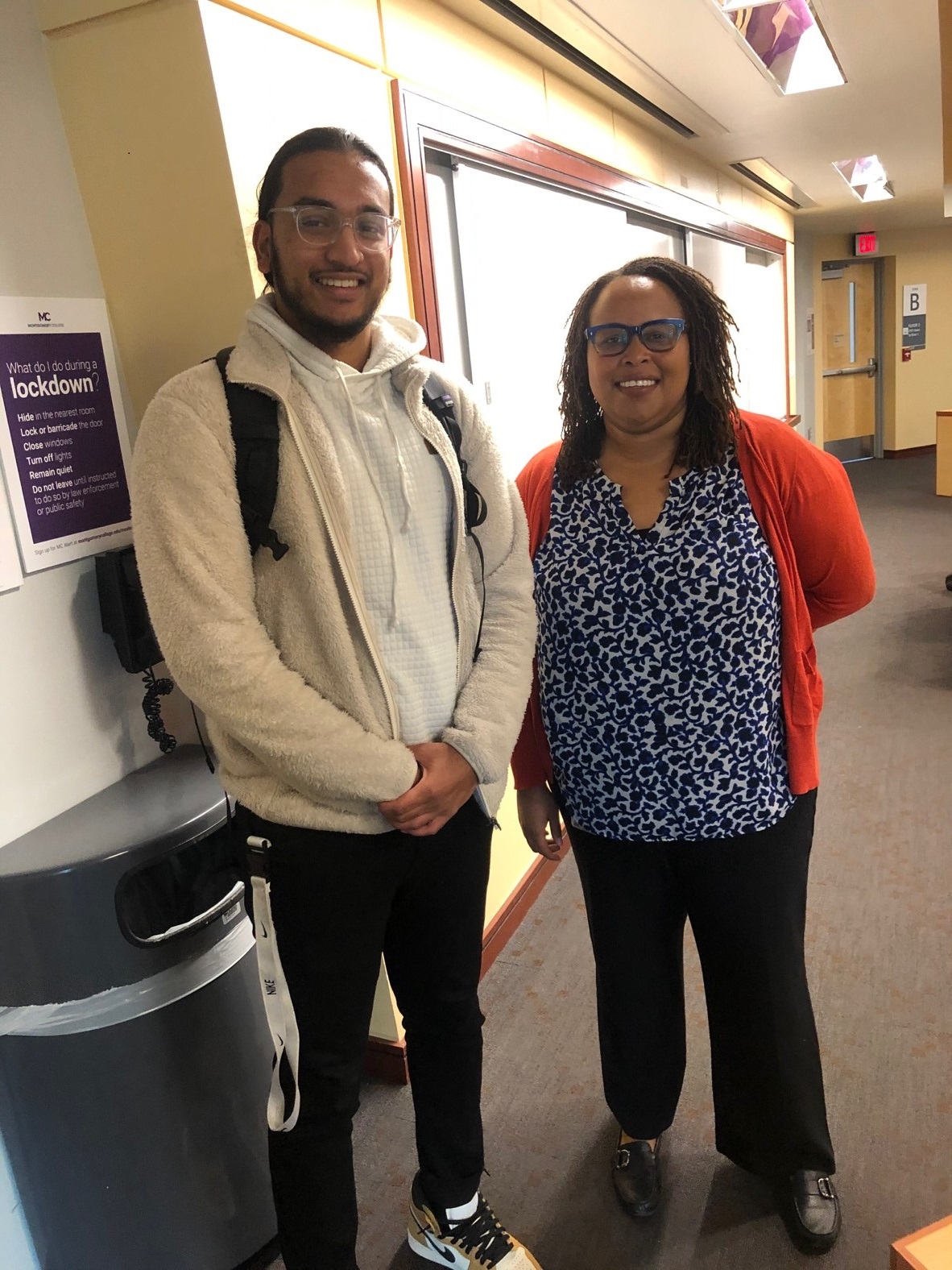Insights by Shayna Berman On Tuesday, November 19, I attended a Montgomery College (MC) to…
by Laura Vasquez and Aixa Hernandez
Montgomery College has a website dedicated to microaggressions, intentional or unintentional degradations or assaults to a non-dominant group. In this website, different scenarios of different types of microaggressions are presented. Laura Vasquez and Aixa Hernandez volunteered to respond to ways the instructor could have handled the situation. These videos will be shown to faculty members as part of their professional development, so they become more aware of how to handle these difficult situations.
Laura’s Response: “The video I watched was on sexual orientation, where a student used the word “gay” as an insult, and the professor did not know how to respond. I was able to give my opinion on what the instructor did correctly and what parts he may have failed in. I think this project is an effective way for instructors to receive constructive criticism from students. Sometimes situations happen in the classroom, where faculty members are pl aced in an awkward or unwanted position. They either don’t know how to respond, don’t respond well, or don’t respond at all to the situation. After viewing the student’s perspective, I feel that faculty will now know more about how to handle situations better if they ever encounter one.
aced in an awkward or unwanted position. They either don’t know how to respond, don’t respond well, or don’t respond at all to the situation. After viewing the student’s perspective, I feel that faculty will now know more about how to handle situations better if they ever encounter one.
This was a valuable experience because I consider myself a shy person who keeps her opinion to herself. This time I was able to give my opinion on camera, and others will be able to hear what I have to say because it will be on video. I learned that receiving feedback from whoever, young or old, is beneficial. Everyone can make room for improvement because nobody is perfect. I also learned that even faculty members make mistakes and get put into situations they probably wouldn’t want to be in, but these projects are made specifically to help them out and get students more involved. Overall, I really enjoyed responding to the video and the Starbucks gift card I received!
Aixa’s Response: “The United States, in general, is a country full of diversity. It is a “meltingpot” of people from different backgrounds, cultures, languages, beliefs, and more. However, sometimes this diversity can also bring unfortunate events such as microaggressions. One of the most common microaggressions due to this diversity is exclusion which is caused by linguistic diversity. Unfortunately, I have experienced this type of micro aggression in the past. I was excluded from a group assignment because I was introverted and I did not speak very good English. In that occasion my instructor knew what to do and he was able to helped me successfully. However, nobody is perfect, and there are instructors who do not know to react to microaggressions, do not know how to prevent them, or want to improve on dealing with them. Microaggressions are more common than we think, but united, we can learn how to avoid these situations and help those who suffer from them.
By volunteering with the ELITE project “Microaggressions in the Classroom,” I was able to get educated about how microaggressions are a real expanded problem that we need to try to end. Through Montgomery College’s Microaggression project, instructors, students, and people in general obtain the opportunity to learn about what this problem means and ways to deal with it which can be significant in the campaign to decrease microaggressions, education is power. This opportunity also helped me to learn about the need to continue learning and improving. Education, advancement, and development are essential to help others, improve lives, and create a better society.”
Click here to watch Aixa Hernandez’s video response on a type of microaggression that excludes students due to linguistic diversity.





This Post Has 0 Comments